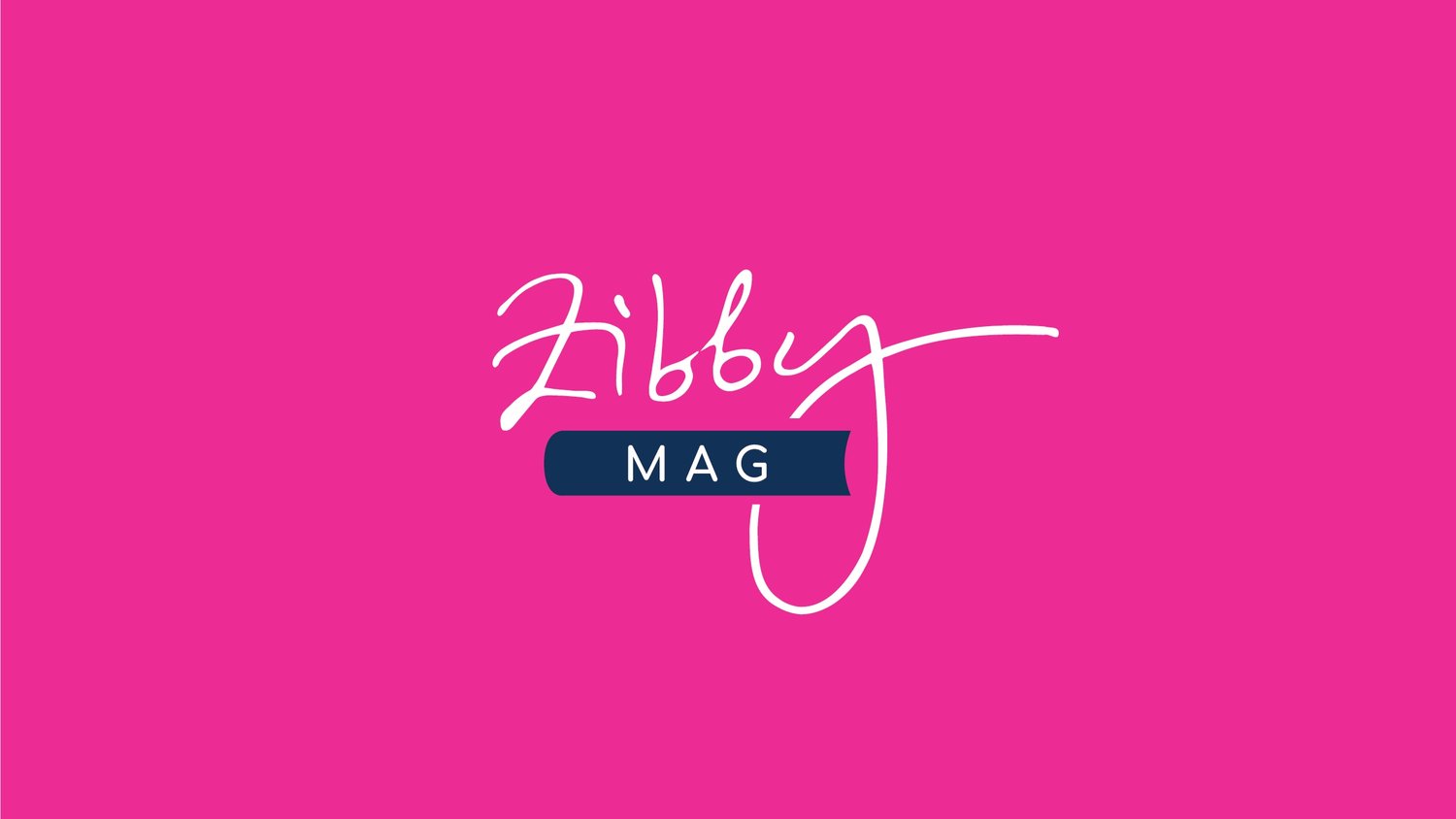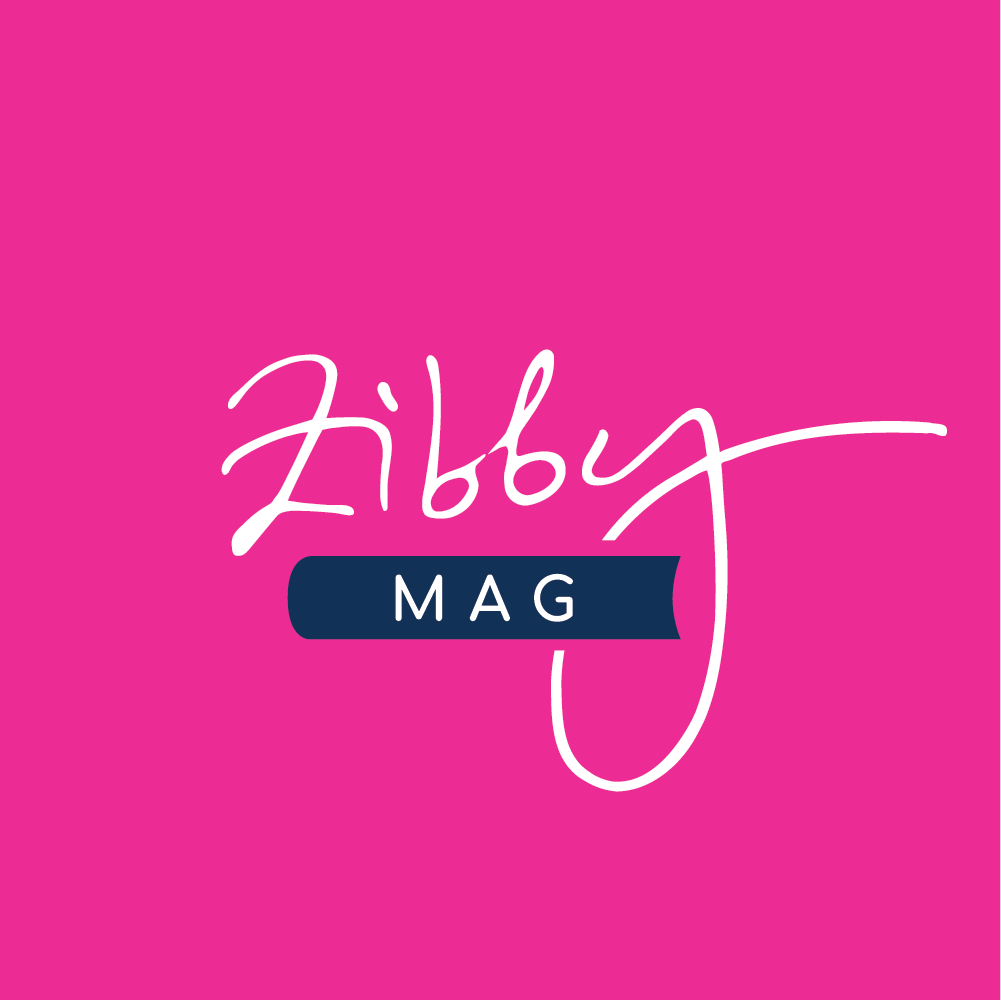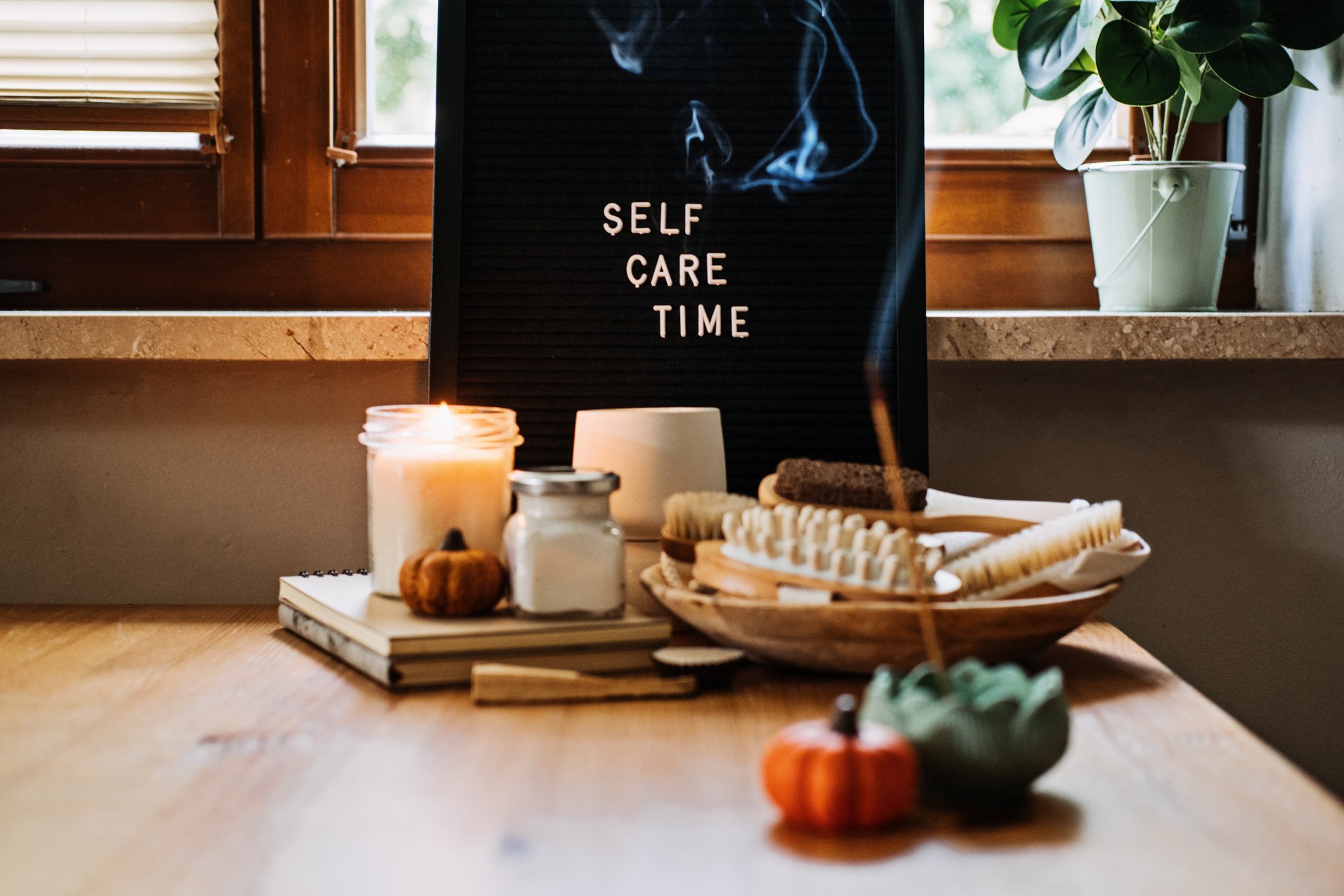Handstands, Matcha Whisks, Smoothie Cubes, and Other Failed Resolutions
Meaningful change doesn’t happen overnight—it’s the sum of many small, unglamorous choices
By Julie Chavez
I sat on the couch on a brisk day in early January of 2021, a cup of tea cooling on the end table next to me, mindlessly rifling through my Instagram feed. Not a great start to the new year, which was supposed to begin with a rigorous journaling resolution. I landed on a video of a slim yogini executing a perfect handstand, her graceful body clad in expensive leggings and a matching top in a neutral tone that complemented the vibe of the living room behind her. A fuzzy throw was slung across the back of the couch, the sort that you’d run your hand across while walking through West Elm but wouldn’t purchase because you’d be paying three hundred dollars to coat the couch and all your clothes in overpriced lint. But this woman was lint free; nary a dust mote floated through the slices of sunlight that edged their way through her sparkling-clean window. And despite the fact that I knew to avoid the instant gratification and empty promises of Instagram—having recently climbed out of a deep well of anxiety and depression—I went fishing again.
The caption promised that I, too, could achieve such perfect form; that I—the forty-year-old woman who had never taken a gymnastics class in her life, who had pitiful upper body strength—could float gracefully above my hands. Turns out I just needed to purchase the Blissful Yogini Guide to a Perfect Handstand. Simple!
Her beginner guide was suggested for novices. But I’d sail through that one, seeing as how I had recently managed to kick up into a handstand against the wall and hold it for, oh, maybe six seconds. And by “kick up” I should clarify that I slammed against the wall so hard it made the children pause their video games to see what on earth had happened. I also downloaded the expert guide and printed it out in color. This was going to be the best twenty bucks I’d ever spent. The Instagram snaps of me showing off my skills would bring it full circle, making it all worthwhile.
Day One was a strength workout. Shockingly, it did not go well. Unable to complete the required one million dolphin push-ups followed by two million triangle push-ups, I eked out a few regular push-ups on my knees and called it a day. On Day Two, I couldn’t lift my arms because I was sore from the half-ass push-ups, but thankfully it was a shoulder-opening workout. I twisted my upper body into an interpretative pretzel shape, with my head on the floor and my butt up in the air. I moved my neck, forcing the stretch a tiny bit further, and gave myself a case of vertigo that lasted for three days.
By Day Three, I’d bid adieu to my handstand ambitions, following my mom’s advice: a lady knows when to leave. I wonder where I put that guide.
The commodification of wellness has been a constant challenge to navigate, especially around the start of the year. I’m susceptible to suggestions, easily convinced that the consumer good du jour is one that I urgently need. I am happy to click buy and tell myself I’m supporting a small business while bettering myself. When I open that UPS box, that will be the day it all changes. I want the dopamine rush of achievement. Even though I know it’s an illusion, I want to believe that I’m in control of my life. If you’re reading this, I suspect you may want to feel that way too.
A literal handstand is a good example of how extreme things can get, but there have been countless other instances, and never more so than in the month of January. Over the years, this month has been littered with the detritus of my grand ambitions: knitting needles, a matcha whisk, smoothie cubes, workout apps with lost passwords, a weird ruler to create a bullet journal, and at least sixteen other journals with two to three pages filled in. One year, I took to the drawers in my dresser like an unhinged Marie Kondo; by February, I was back to burrowing through them like a desperate mole, hunting down my sports bra.
But on that January day in 2021, there’s no question that I should’ve known better. Three years earlier, I experienced a season of anxiety and depression so intense that I feared my slide didn’t have a bottom. I sat across from my new therapist, a shell of myself tucked into the corner of the brown couch in her office. I was desperate and scared and I shared my fears with her that some unnamed tragedy would derail my generally happy, healthy life.
“I don’t want things to change,” I told her.
“But, Julie, everything changes. And thank God it does, right?”
Though I didn’t yet agree with her outlook, I couldn’t help but acknowledge the truth of her statement. Throughout our lives, change meets us like waves lapping onto a shoreline—incessant, unbidden, sometimes awful, sometimes wonderful. She was right: my children were growing, I was back to work, my husband’s recent job promotion meant he traveled every week. Everything was changing. But I believed that I could still manage to chart my own path and wrestle the world into what I believed to be its proper alignment. I only needed to be more efficient, or sleep a little less, or find the perfect planner. I deployed all the Big Changes I could imagine, and not one of them stopped me from spiraling into a mental health crisis.
Over the years, this month has been littered with the detritus of my grand ambitions: knitting needles, a matcha whisk, smoothie cubes, workout apps with lost passwords, a weird ruler to create a bullet journal, and at least sixteen other journals with two to three pages filled in.
When I was at my lowest, I wanted nothing more than to get better. I prayed that I would wake up one morning and be back to feeling like myself, that I would be granted an instant, miraculous reprieve.
But that Big Change didn’t come. I was scared, and because I was scared, I could only stand to move in very small increments—a woman inching her way down a hall in a horror movie with near-frozen limbs. My therapist’s initial advice was to pay attention to how I was feeling—something I had avoided for months. I had to retrain myself to stop and recognize when I was anxious, or sad, or angry.
Other small adjustments followed, like drinking enough water. It sounds simple enough, but you’d be surprised how much dehydration can exacerbate anxiety. I bought an insulated pink mug and refilled it at least three times every day. I went to therapy every week. I took medications every morning. I reincorporated time for me, working on puzzles on the floor of the living room using a tri-fold presentation board. Little by little, I found my way back.
There was nothing photo-worthy to post on Instagram. In fact, some of the only photos I took during that time were of the completed puzzles, a marker of time spent on myself. But evolution happens this way: it’s small, and slow, and often unremarkable. But then you look back and see you’re different, which is quite remarkable.
I’m sure there are stories of people who followed the Blissful Yogini Guide to a Perfect Handstand and nailed it, and I bet they didn’t spend the following three days feeling like they were walking on the deck of a ship. I’m happy for them. But the all-or-nothing approach rarely works for us mere mortals.
As we greet another season of MAKE A HUGE CHANGE (it’s always shouted in an enthusiastic, grating tone), I’ll do my best to remember that the only certainty in life is change. My job is to pay attention, to notice how I’m coping with that change, to remember the lessons I learned in that season of doubt and anxiety. If I do that, then I’ll see where I can adjust, shift, move just a little to the left. If I’m paying attention, then I’m more likely to make the correct adjustments, the ones that keep me healthy, the ones that point me toward joy and connection and honesty. Even in my mid-forties, I’m still growing up.
My advice for the new year? Think small. The boring adjustments are the ones that work, the ones that stick. Ask yourself what you need. Pay attention to the answer, and allow it to guide you to the next right step.
One day, you will look back, and you’ll be different. And I can say from experience that it will feel better than posting a photo of your handstand on the ‘gram. By taking all those minute, unremarkable steps, you’ll become who you're meant to be.
You won’t merely look back and say, “I’ve changed.” You’ll look back and say, “I’ve grown.”
Julie Chavez is an elementary school librarian in Northern California. Though thousands of books pass through her hands each month, Everyone But Myself (On sale January 9th, 2024) is the first one written by her. Julie lives with her husband and two tall teenagers in a house where she arranges her books by color.
You might also enjoy…


